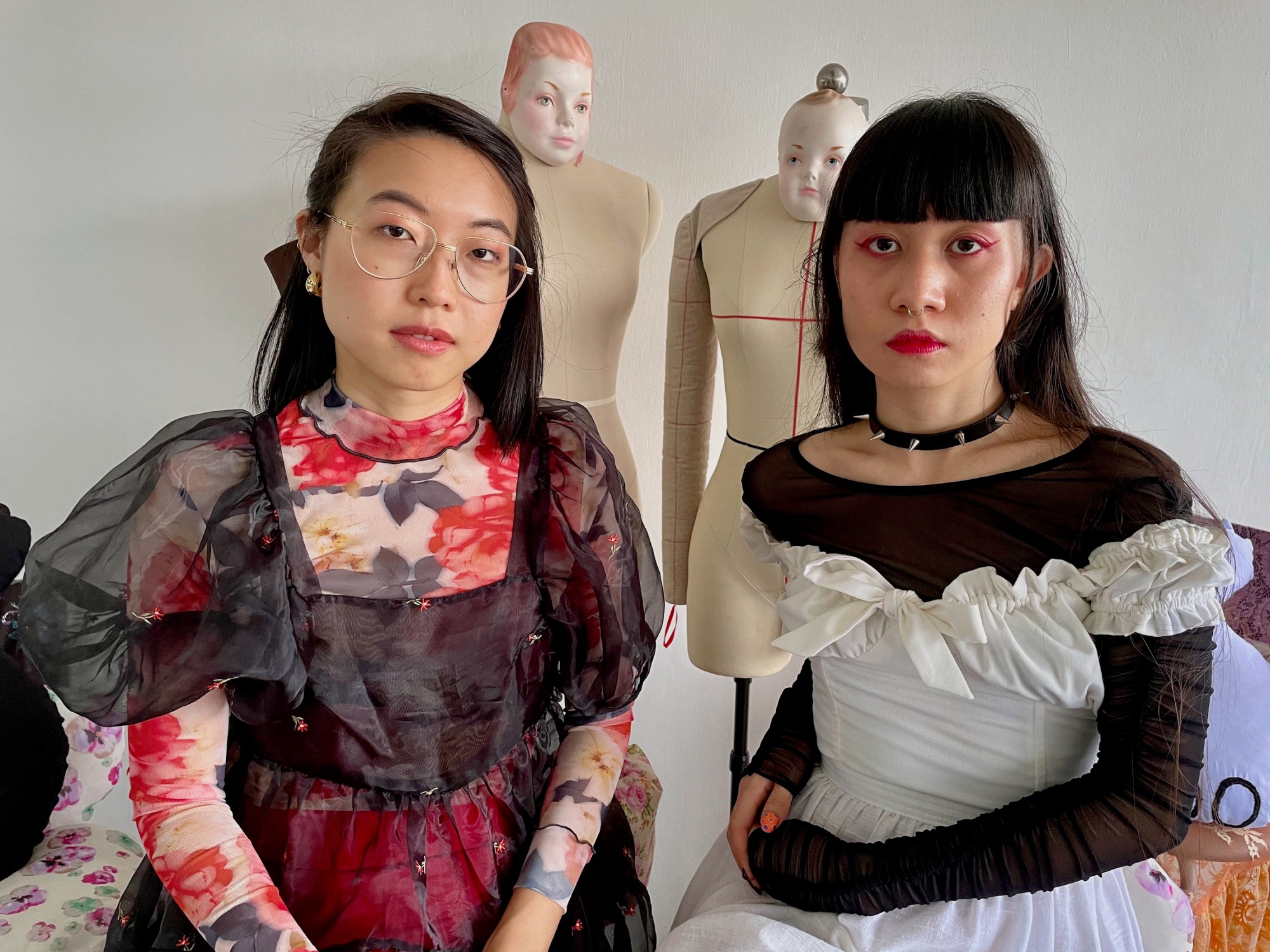To say that most people had the rug pulled out from underneath them in 2020 is, unbelievably, a real understatement. This year, with virtually no one spared, even our most well-laid plans went down the drain along with regular human contact. In response to early cases of the coronavirus, Singapore was quick to shut down, with the government enforcing a strict two-month circuit breaker lockdown. As offices, schools and community spaces closed their doors, jobs and events fell away and travel ground to a halt, Singaporeans stayed home and did their part to stop transmission.
In this environment, typically without the safety net of a regular paycheck, Singapore’s creative community were forced to adapt: pivoting to digital, creating delivery services, sharing resources and doing whatever else was necessary to stay afloat. And while none of this was easy or familiar, the lessons learned along the way have been pretty profound.
Now, with the country slowly returning to a new normal — involving a gathering limit of five people and regulated mask-wearing — we spoke with some of our favourite artists, makers and creators about surviving the experience and how this year has shaped both them and their work.

Wanjie, photographer and Yuuri, HR Manager
What was your biggest challenge creatively this year?
Wanjie: Identifying how I could adapt my photographic work so that I remained viable and active during the pandemic. I actually really struggled to find inspiration during lockdown, but I will say that my practice turned inward a lot. I thought it was quite tone-deaf to be making work about escapism involving aspirational, expensive things. As we couldn’t easily shoot people, I tended towards objects like fruits and shells instead. I’m so happy with what I took away and the object work I shot during quarantine.
How did the pandemic affect your year?
Yuuri: I was working in tech, and not being able to work from the office really affected me. I just couldn’t get the momentum going and I found it quite difficult in terms of mental health. Wanjie and I met online in March at the beginning of the pandemic. We weren’t able to physically catch up for the first few months, so instead we’d watch movies together over Zoom.
What’s the first thing you’ll do when the world opens up?
Wanjie: Go to a club.
Yuuri: See my family without having to quarantine for a month.

Keyana, musician and model
What was your biggest challenge this year?
As a musician at the very beginning of my career, it was definitely not being able to travel overseas to collaborate with other artists and producers. We adapted by using Zoom but there’s nothing that can really replace making music in the studio together.
Keyana, musician and model
What was your biggest challenge this year?
As a musician at the very beginning of my career, it was definitely not being able to travel overseas to collaborate with other artists and producers. We adapted by using Zoom but there’s nothing that can really replace making music in the studio together.
Did anything positive come from your year?
It gave me a lot of time to sit, focus, master my art and make sure it comes from my heart.
What are you most proud of?
I’m really proud of myself for staying strong and starting my music career during the pandemic. I only released my debut single in May this year. It was a real struggle because I didn’t get the opportunity to plan events and do physical interviews and shows, but I’m very glad I braved it and did my best in the circumstances.
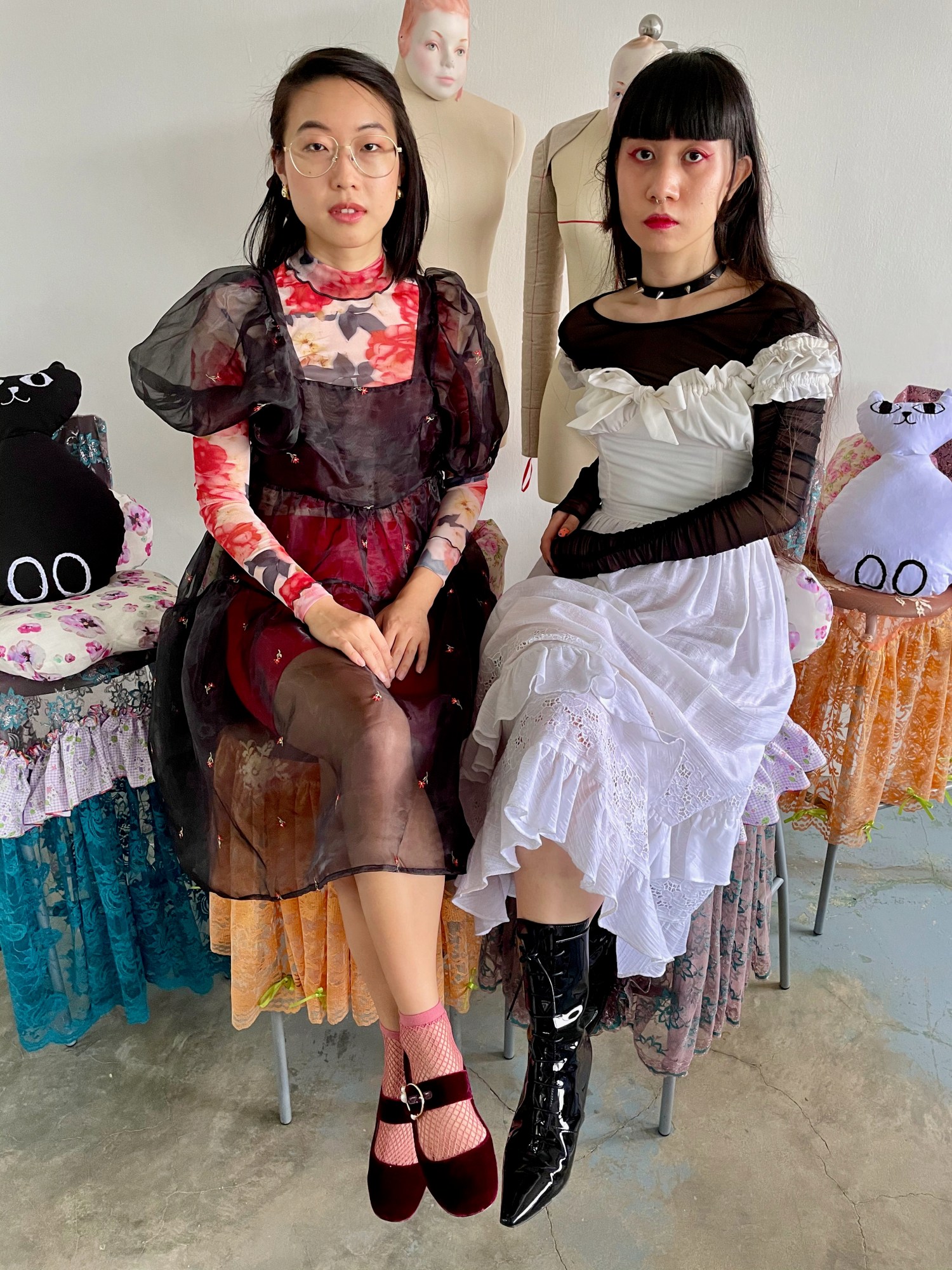
Sheryll, artist and Rachael, designer
What was your biggest challenge this year?
Rachael: I had just moved to Europe when the pandemic hit. My plan was to try to get a grant and start my label, Closet Children, over there. When the coronavirus got serious, I made the decision to return to Singapore. It was a shame but I’m glad to be here, sharing a new studio with Sheryll. I’m thankful to be a part of the local creative community here, which has supported my work over the last few months and given me the confidence to start working on a new collection.
Sheryll and Rachael: In the past, we’ve hosted Awkward Party as a live event, so it was kind of sad not to be able to have physical gatherings this year. Instead, we basically embarked on this super extended period of research, digging deep into what our practice meant to us and what we’re excited about moving forward. It gave us the time and space to question why we make what we do and examine things like: our love-hate relationship with Singaporean kitsch. This learning has definitely helped us redefine our work and our role as artists and designers.
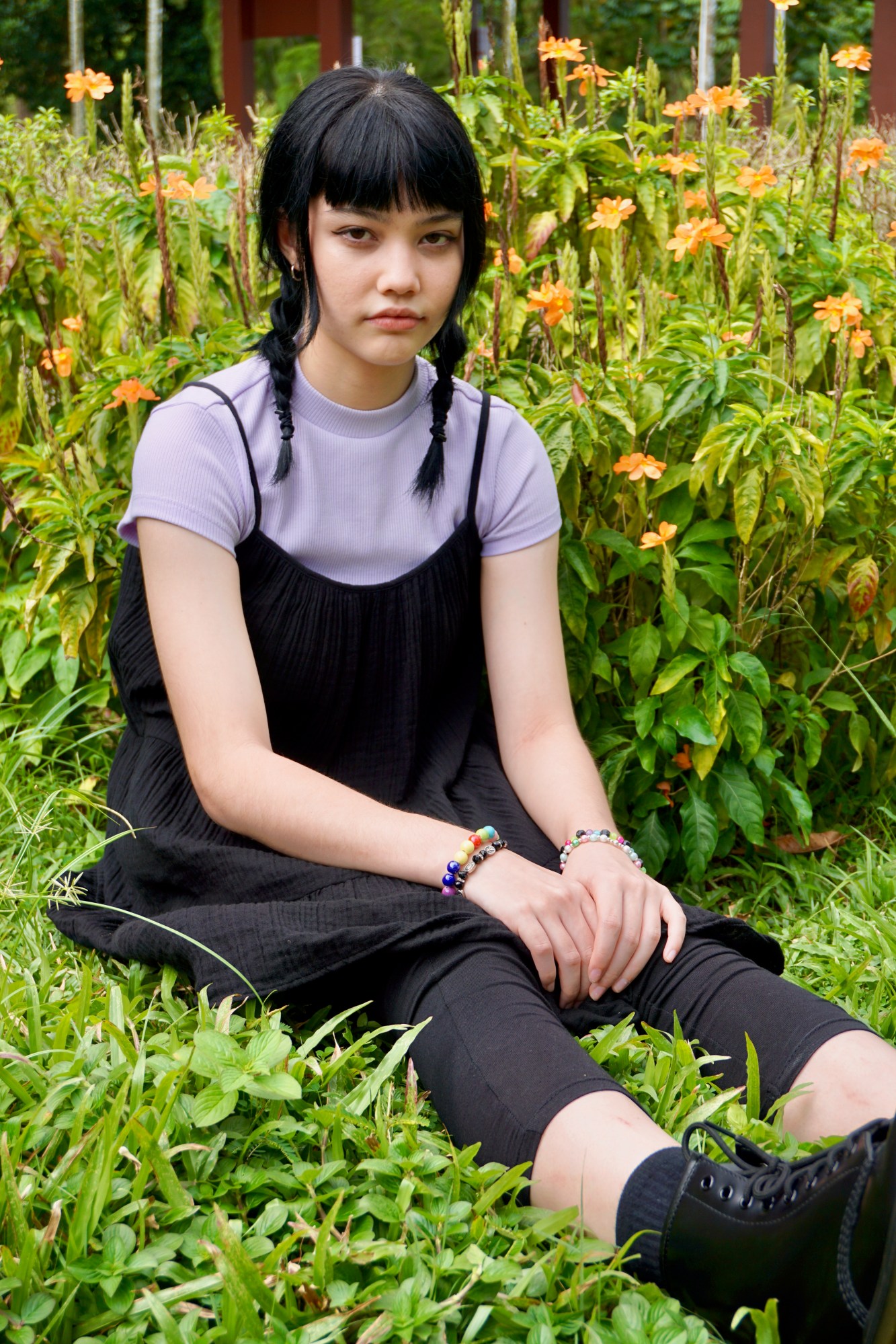
Shye, musician & student
What was your biggest challenge creatively this year?
That would be my musical creative block. I think it stemmed from being cooped up at home, but thankfully it didn’t last too long. In fact, the lockdown didn’t impact me as much as it might have because I’ve always done all my recording and production in my room anyway. It actually gave me the extra time and space to focus and figure out the work I needed to do on my debut album.
What’s the biggest thing you learnt?
That in life, things aren’t always going to go as planned and you just have to adapt and get on with it. I’ve realised that I’m tenacious, pragmatic and patient. I’ve also discovered that I still love to dance, which is something I haven’t done in like six years.
And what are you most proud of?
My upcoming debut album Days to Morning Glory which was written, recorded and produced by myself in my room. I feel it best encapsulates the challenges of coming-of-age in 2020.
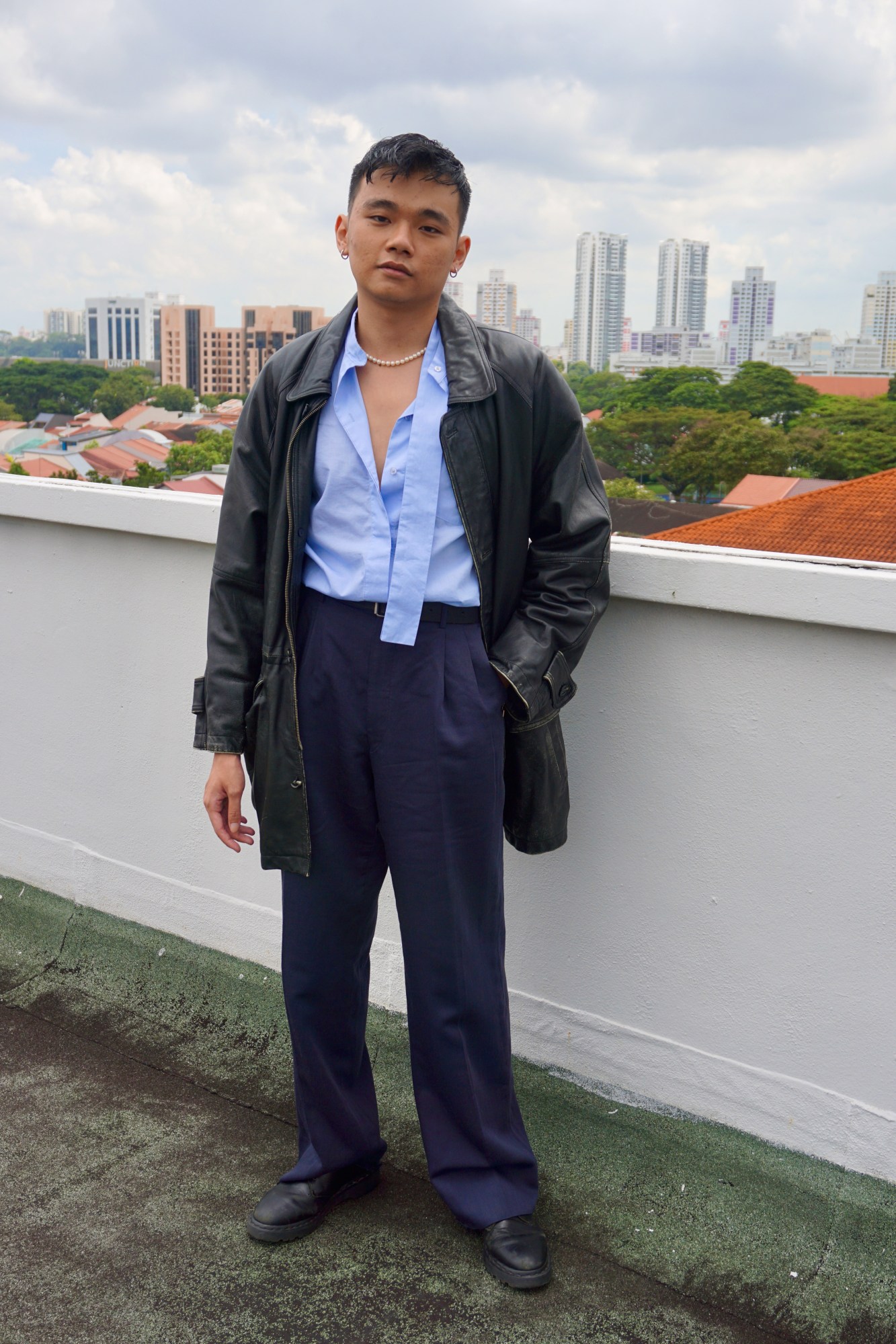
Manfred, designer
Did the pandemic disrupt your plans for 2020?
Yes. We had a couple of fundraiser events for our design collective WhyNot?planned for this year, both of which were cancelled. We’d all put months of work into these so we considered turning it into a digital show but it just didn’t feel right. Instead, I began working as a stylist for a couple of print titles here. WhyNot? is also working with various community events like Singapore Art Week, so there are things happening.
Do you feel like your outlook has changed?
I’ve had to let go of some stuff, but it’s kind of like a fresh start in a way. I think that’s what young people want to do anyway; they just want to destroy whatever the previous generation has left. This pandemic was simply given to us so, technically, we don’t have to burn anything down now. We used to be angry with the status quo, like ‘fuck the industry, let’s destroy it’. But through the pandemic, we realised it’s too easy to criticise. Instead, we just thought, if we can’t rely on the existing system, let’s create our own and do it better, even if it’s just small to start with. In this way, I think we’ve grown because of COVID.
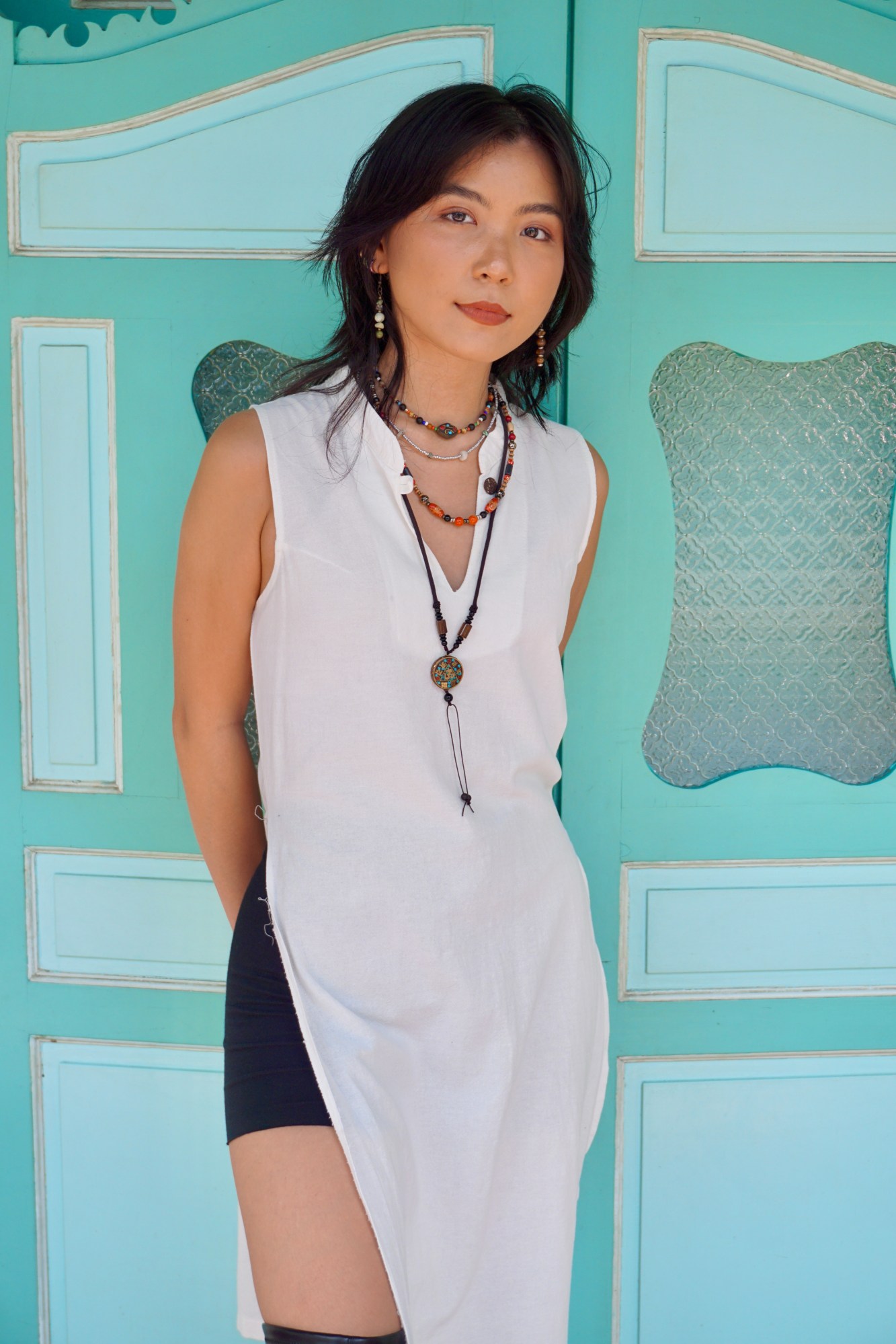
Aetll, photographer
Firstly, how are you?
I’ve definitely been better. This year has proven to be one of the most challenging for me, mentally and emotionally.
How did your practice change as a result?
In terms of my photography, I experimented a lot with self-portraiture, which enabled me to learn more about myself on an intimate level. The first few months were so difficult because I’m someone who needs to be around other people to feed off their good energy, but as the months went on I was slowly able to enjoy my own company.
Did you adapt in any other way?
I started a new beading and accessory label called Visual Jargon, which slowly turned into a side hustle and helped to tide me over for the months and months that I went unemployed. It’s not only very therapeutic for me but it makes me so incredibly proud and grateful that people enjoy and appreciate the things I create for them. It was nice to see lots of people picking up a new craft, learning new things and expanding their creativity into other projects during the lockdown.
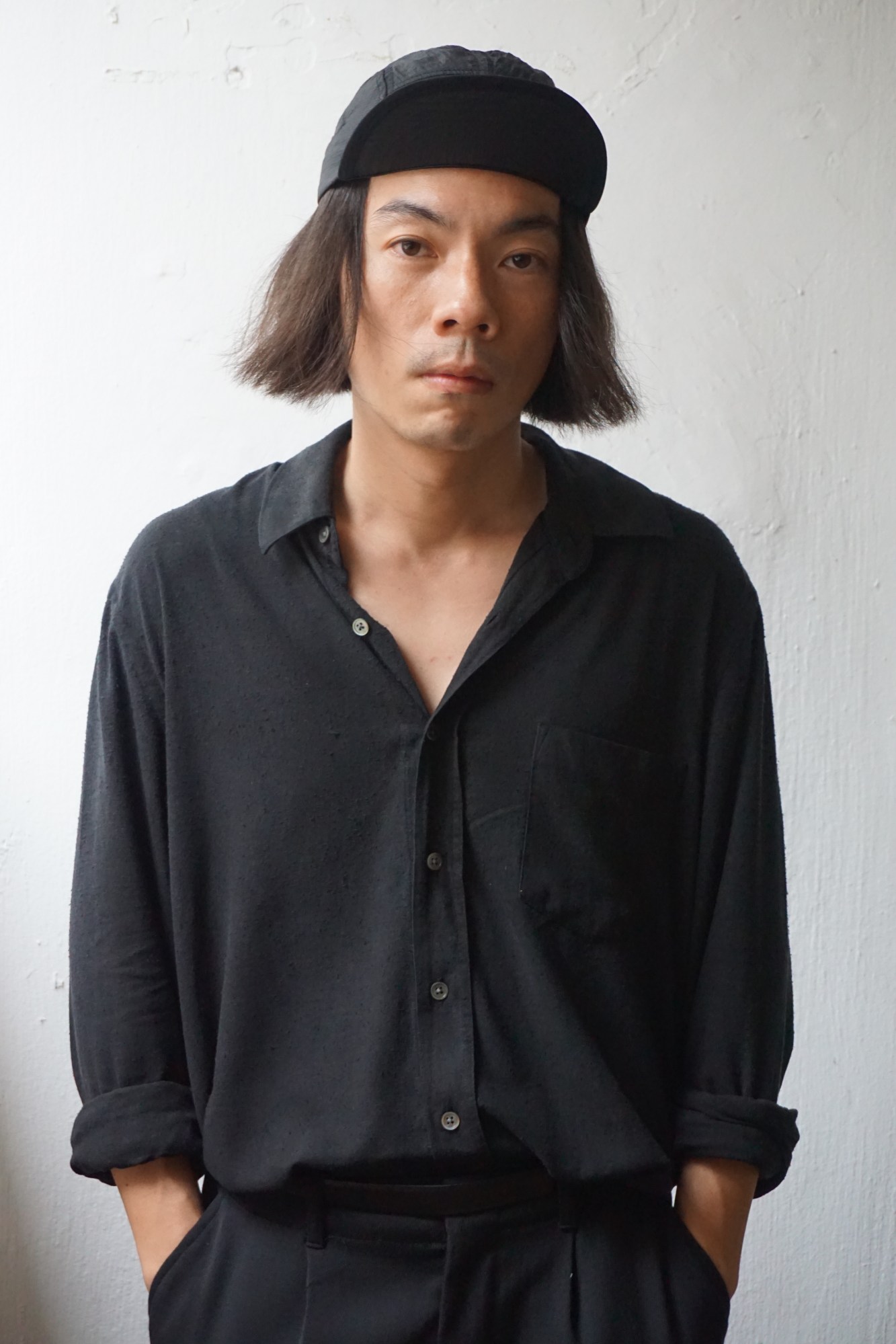
Stefan, photographer
What was your biggest challenge this year?
As a photographer, casting has been a big challenge. Everyone is masked up these days and it’s hard to spot an interesting face the traditional way. Life is the inspiration now.
What have you missed most?
Not having the choice to be out and about, to stay out late or to live dangerously.
What are you proud of having done this year?
Having shot most of my work with a nearly all-local, Southeast Asian cast.
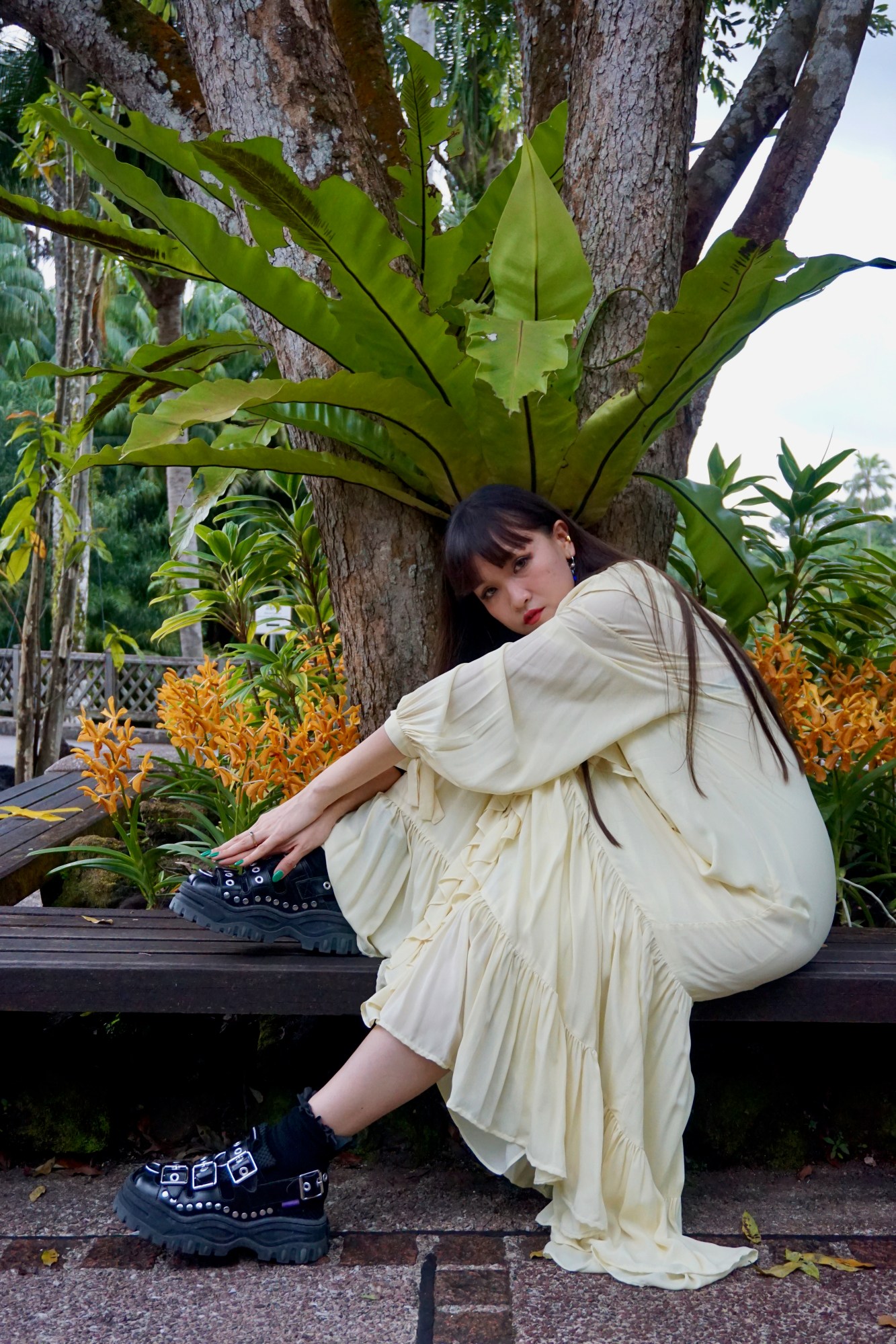
Aspidistrafly, musician
How was your experience with the lockdown?
In February I had just moved into my new home with Ricks, the other half of my band Aspidistrafly. Living in a new space in a new neighbourhood, with the world in a standstill was most surreal. Sometimes I’d look outside the window and there would be no people or cars, just the trees rustling in the wind.
What was your biggest challenge?
Not being able to tour. Instead, I thought a lot about how important my family were and wondered how my friends were coping. I thought about the cycle of life, nature versus artificial intelligence and how technology would assimilate into our lives faster than ever before. I also made sure to do the simple things I love.
What are you most proud of this year?
The upcoming release of our third full-length album. I’m more conscious than ever of how music is a truly universal medium with mysterious and amazing power and the ability to impact people positively, especially during challenging times.
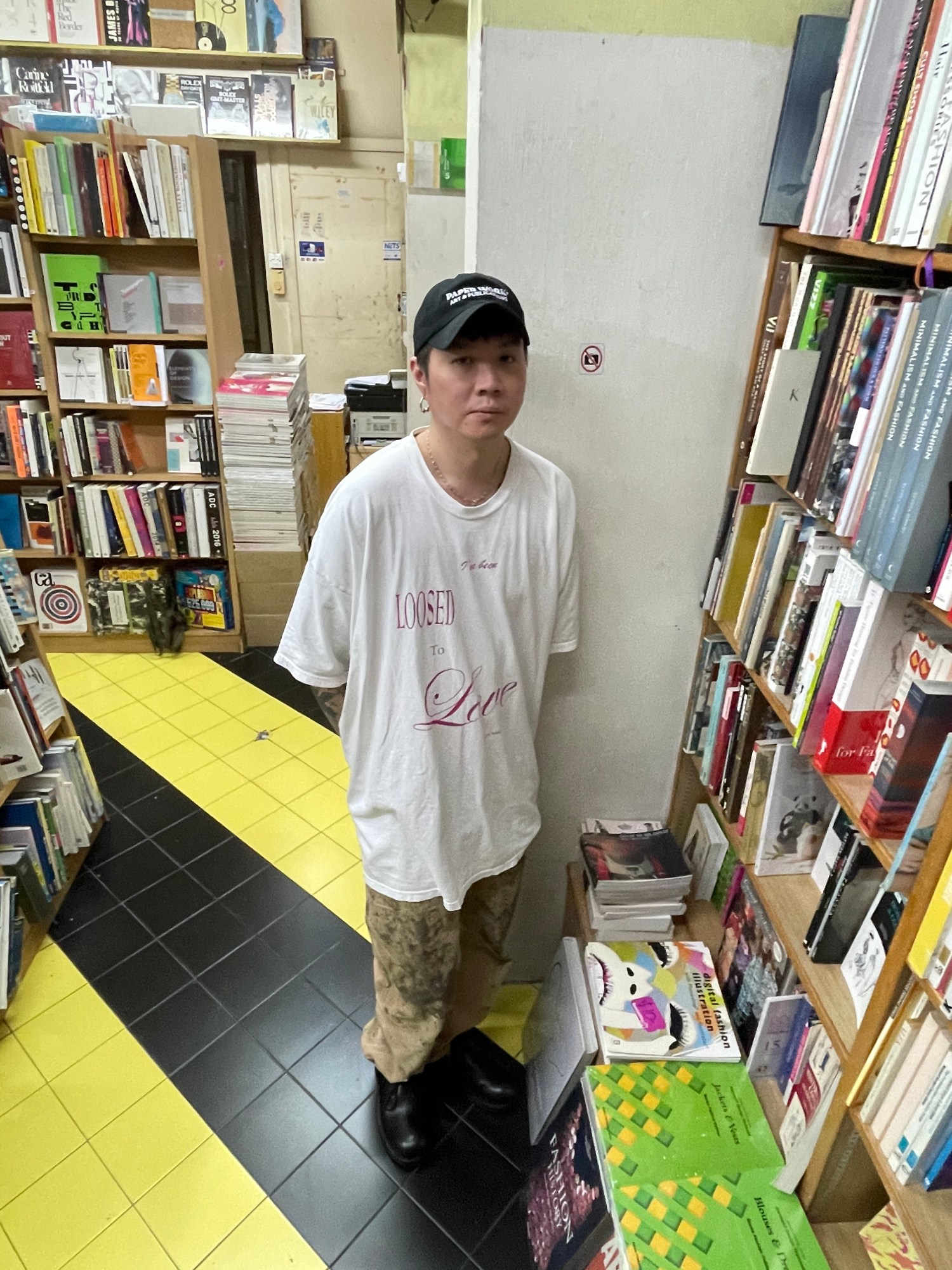
Damian, stylist
Did you find this year to be a challenge?
As a stylist, there hasn’t been much work going around but I realised that being healthy was the most important thing and I tried to see the positive side of life. I live in Shanghai and only planned to come to Singapore for Chinese New Year. Due to the pandemic, I haven’t been able to return. All my stuff is in Shanghai and I really need to be there physically for my styling and production work. That said, I have managed to work remotely on a global campaign and to be able to pull that off was kind of an achievement in itself.
What are your thoughts on Singapore’s response to the pandemic?
I wasn’t opposed to the idea of a lockdown to help contain the virus before it spread uncontrollably. I guess all of us had to understand the sacrifice and accept that the lockdown was for a better tomorrow.
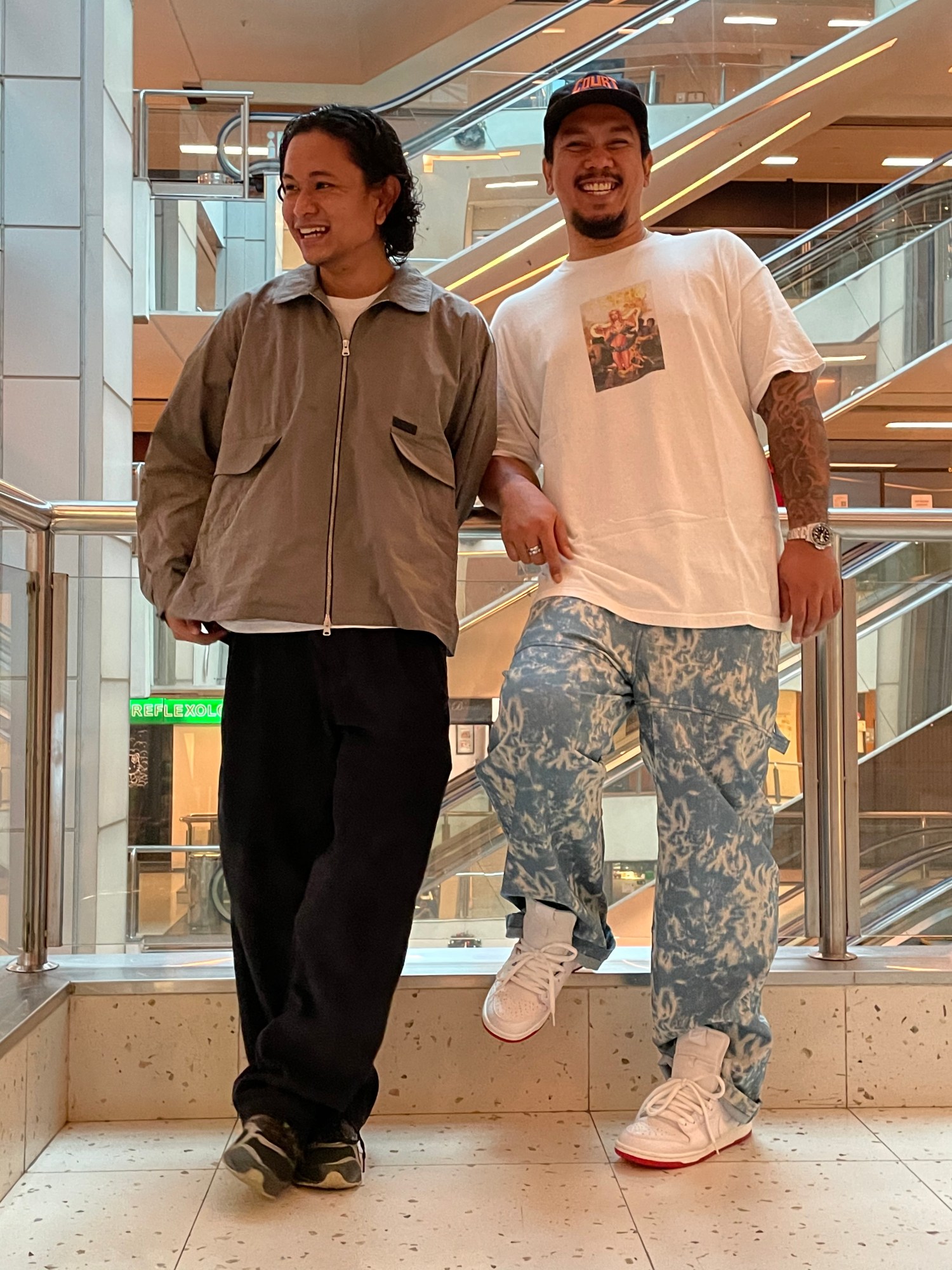
Ari, designer and Wan, production manager
You launched your label See You At One in Singapore just last year. How did the pandemic affect your new business?
We’ve been able to adapt and make it work but it definitely affected the brand in terms of sales. We lost a couple of potential stockists, who closed due to the virus, so instead, we’ve focussed more on online and social media, which is the way of the future. The silver lining is that we got to stay home and skate more. Skating with our friends is when we share ideas, get inspired to do new things, and also receive feedback about what we’re doing.
Ari, designer and Wan, production manager
You launched your label See You At One in Singapore just last year. How did the pandemic affect your new business?
We’ve been able to adapt and make it work but it definitely affected the brand in terms of sales. We lost a couple of potential stockists, who closed due to the virus, so instead, we’ve focussed more on online and social media, which is the way of the future. The silver lining is that we got to stay home and skate more. Skating with our friends is when we share ideas, get inspired to do new things, and also receive feedback about what we’re doing.
Has it changed how you work?
It’s made us slow down and perfect every detail instead of rushing, and as a result we’re so happy with the new clothes. As a brand, we don’t take ourselves too seriously but we do take our product very seriously. We’re doing limited items but trying to make them the best they can possibly be. I haven’t been able to travel to Indonesia so I have had to rely on communicating over Zoom with our partner Allysha on development and production matters.
What’s been your main learning from the whole experience?
To be adaptable. There’s the stereotype that Singaporeans love to complain but I actually think we’re actually naturally adaptable.
Follow i-D on Instagram and TikTok.
